
WHAT WERE THE ACTS OF UNION?
On 1 May 1707, two acts took effect: one passed by the Parliament of Scotland and the other by the Parliament of England. Together, they enacted the Treaty of Union to bring together their individual states into the United Kingdom of Great Britain. While they had already shared the same monarchs for more than 100 years, England and Scotland now had a shared sovereignty, parliament and flag, as well as taxation, coinage and trade systems. This was a key step in the formation of the Britain that exists today.
HAD THERE BEEN ATTEMPTS TO UNITE ENGLAND AND SCOTLAND BEFORE THE 18TH CENTURY?
Since 1603, England and Scotland had been in a dynastic union with a shared monarch. Elizabeth I had died without an heir, ending the Tudor line and resulting in her cousin James VI, who had ruled Scotland since 1567, becoming King of England and Ireland. But they remained separate kingdoms: two crowns, just on one head. Despite promises that he would return often to Scotland, James VI and I moved his court to England and only travelled north again on one occasion in the following 22 years. His wish was to establish a "blessed union", but neither of his parliaments were enthusiastic about that idea and rebuffed his attempts.
The Commonwealth formed after the Civil Wars, when Oliver Cromwell was ruling as Lord Protector, then tried to force the issue in the 1650s by declaring that Scotland had to join with England and Ireland. The Scots were given 30 seats in parliament, but most were not filled during this brief period of union, and it was scrapped with the restoration of Charles II in 1660.
SO WHAT WERE THE MOTIVATIONS THAT EVENTUALLY LED TO UNION?
This story is from the {{IssueName}} edition of {{MagazineName}}.
Start your 7-day Magzter GOLD free trial to access thousands of curated premium stories, and 9,000+ magazines and newspapers.
Already a subscriber ? Sign In
This story is from the {{IssueName}} edition of {{MagazineName}}.
Start your 7-day Magzter GOLD free trial to access thousands of curated premium stories, and 9,000+ magazines and newspapers.
Already a subscriber? Sign In
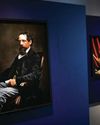
'Dickens's evocation of the fears, excitement and confusion of childhood is peerless'
DR LEE JACKSON ON WHY CHARLES DICKENS REMAINS RELEVANT TODAY
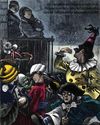
THE AUTHOR GOES ABROAD
Dickens expanded his horizons and boosted his fan-base by venturing overseas - but global fame came with a cost
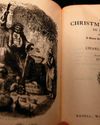
REVIVING THE FESTIVE SPIRIT
A Christmas Carol wasn't just a bestseller - it changed the way that Britons chose to mark the festive season

GIVING THE POOR A VOICE
From Hard Times to Oliver Twist, Charles Dickens used his pen to help illuminate the lives of the less fortunate
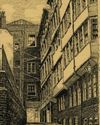
A JOURNEY THROUGH DICKENS'S LONDON
The works of Charles Dickens are synonymous with visions of Victorian London. We talk to Dr Lee Jackson about the author's love of the capital, and the locations that most inspired him
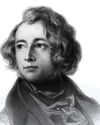
EXCEEDING EXPECTATIONS
Dr Lee Jackson chronicles Charles Dickens's journey from down-at-luck teenager to titan of Victorian literature
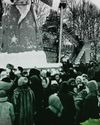
GIFTS, TREES & FEASTING
We take a journey through the photo archives to reveal how Christmas and its many traditions have been celebrated over the years - and around the world
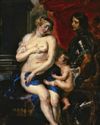
WHAT GREAT PAINTINGS SAY
We explore the story behind an allegorical painting that celebrates the triumph of love over hate, peace over war
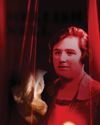
HELLISH NELL
Malcolm Gaskill delves into the life of Helen Duncan - the fraudulent Scottish medium whose ectoplasm-filled seances saw her ending up on the wrong side of the law
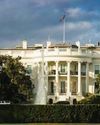
7 THINGS YOU (PROBABLY) DIDN'T KNOW ABOUT THE WHITE HOUSE
Presidential historian Dr Lindsay M Chervinsky reveals some of the most surprising facts about the world-famous US residence